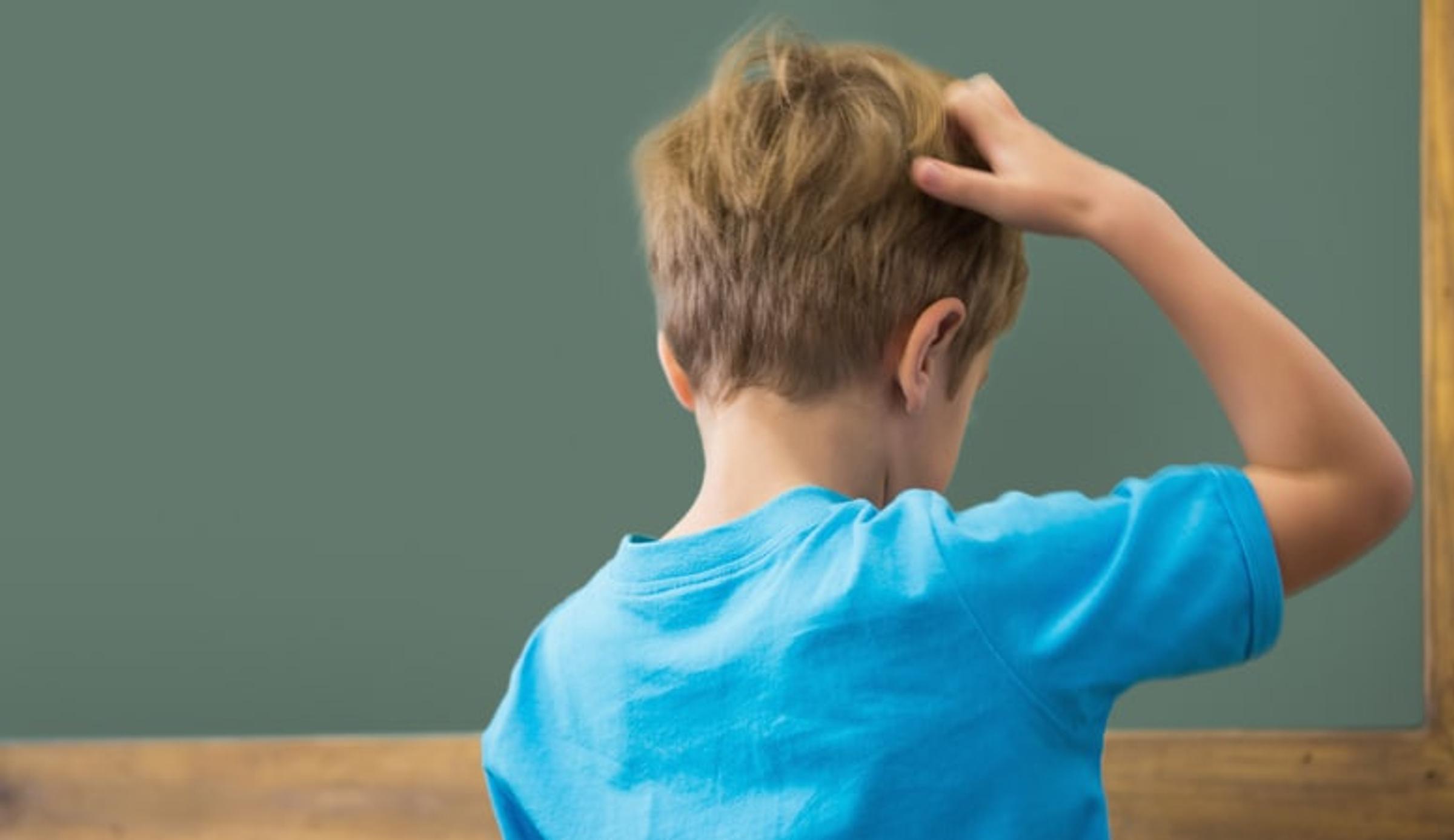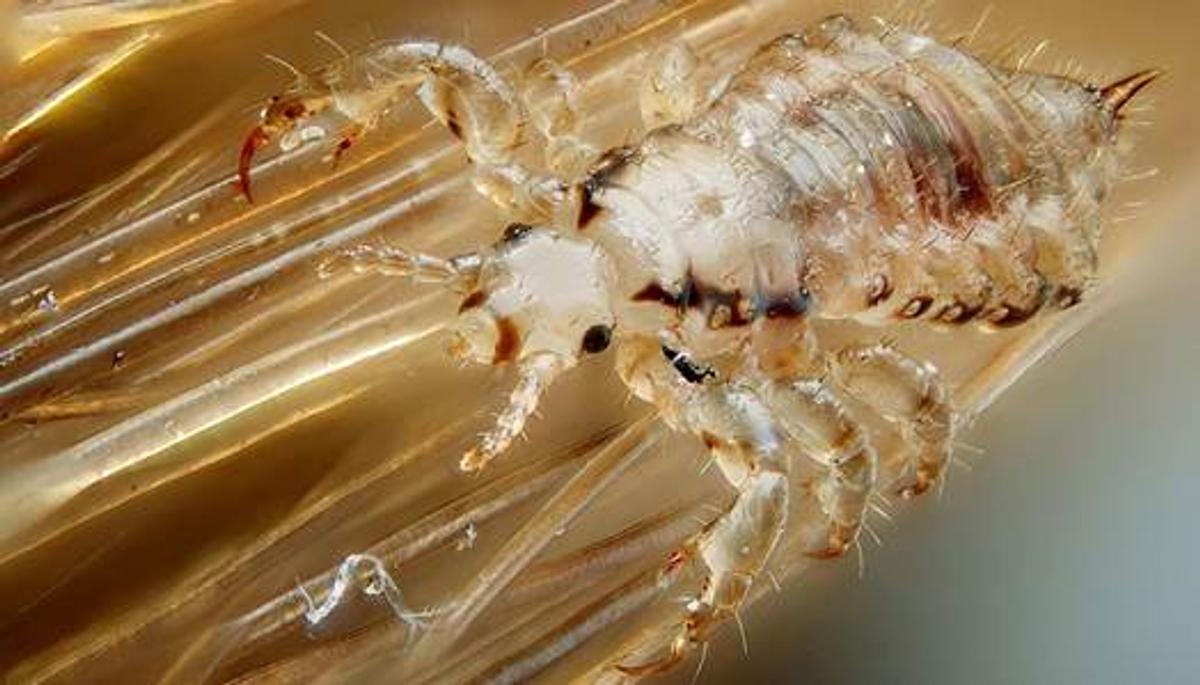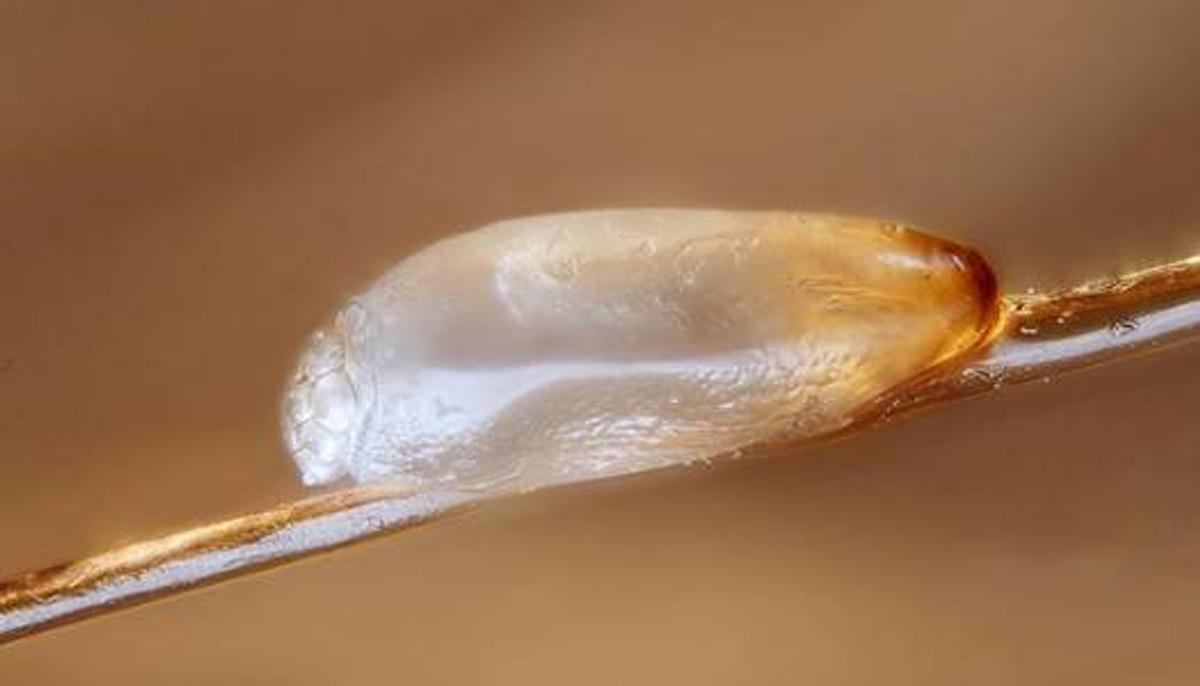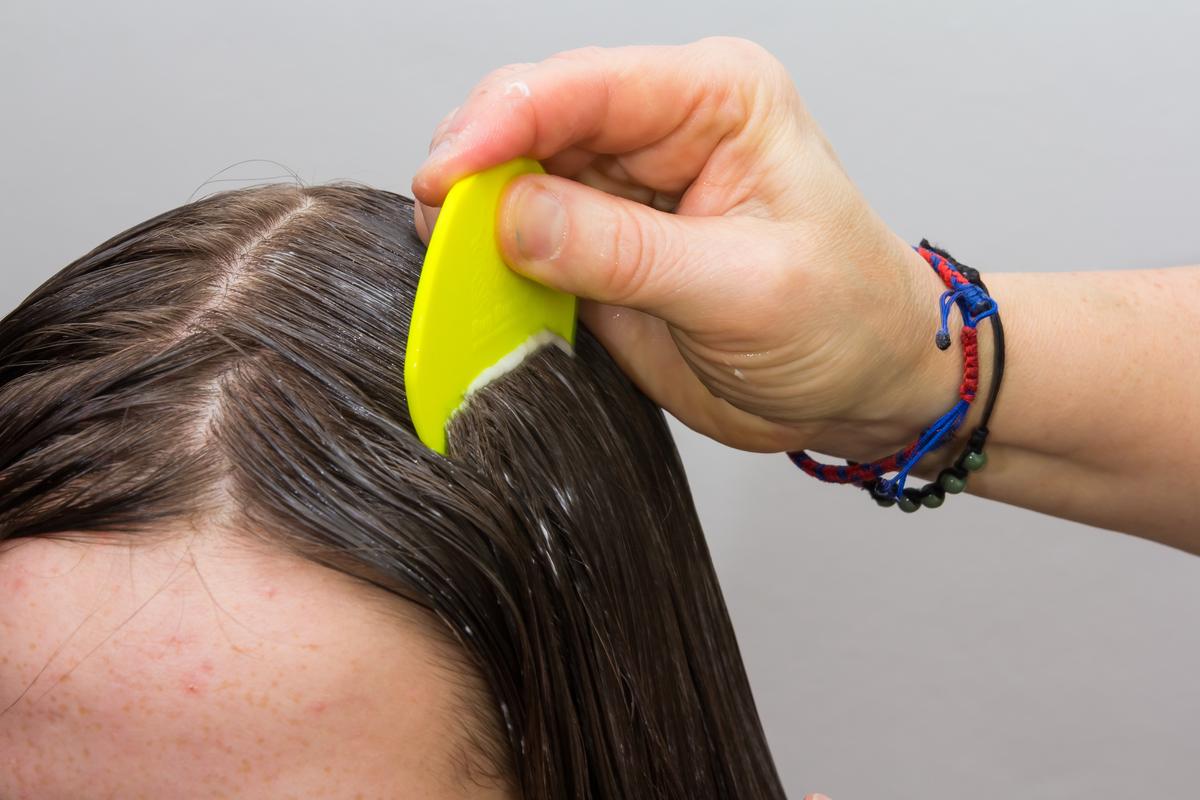First Aid news

Head lice
Dear CJC Community,
Primary responsibility for the control of head lice lies with individuals, families and public health experts. However, schools can assist with controlling and preventing head lice.
When a student is identified with live head lice, schools must provide the student with a note to take home, to inform their parent/carer that their child has head lice and exclude the student from school until after treatment has commenced.
Principals must alert parents or carers of an infestation and use discretion to avoid identifying individuals when informing the school community.
Schools are not required to conduct visual head lice checks but in the event that they decide to, parental consent is required if the student is physically examined.
Parent or carer detection and treatment responsibilities
Parents and carers have the primary responsibility for the detection and treatment of head lice.
Responsibilities include:
not sending their children to school with untreated head lice
using safe treatment practices which do not place their child's health at risk
regularly checking for lice or eggs in the hair of their child and other household members
notifying the school if their child is affected and when treatment commenced.
Exclusion from school
exclude the student from school until the day after treatment has commenced, as set out in the Public Health and Wellbeing Regulations 2019, school exclusion table.
It is advisable to tie student hair back when attending school.
Below is information taken directly from the Better Health website.
https://www.betterhealth.vic.gov.au/health/conditionsandtreatments/head-lice-nits
What are head lice?
Head lice are small, wingless insects that live, breed and feed on the human scalp. They do not generally carry or transmit disease. Head lice have existed for millions of years and, in fact, predate human evolution.
Direct contact is required for transmission from person to person. Lice will crawl from head to head without discrimination.
Head lice facts
A female louse lays 3 to 8 eggs (nits) per day. The eggs are firmly attached to the hair fibres, within 1.5 cm of the scalp, and rely on warmth from the head to hatch. Head lice do not have wings or jumping legs, so they cannot fly or jump from head to head. They can only crawl.
People catch head lice from direct head-to-head contact with another person who has head lice. This can happen when people play, cuddle or work closely together. Head lice are most common among children and their families.
If your family has head lice, tell anyone who has had head-to-head contact with them, so that they can check and treat their family if needed. There is no need to treat the whole family, unless they also have head lice.
Concentrate on treating the affected person’s head. There is no evidence to suggest that you need to clean the house or the classroom. The only linen that requires changing is the affected person’s pillowcase. Wash it in hot water (60 ºC) or dry it in a clothes dryer set to warm or hot.
Itchiness may not disappear immediately after treatment. Persistent itch without evidence of persistent infection is not a reason to repeat the treatment. There are other reasons why your scalp might feel itchy.
Finding head lice
Some people who have a head lice infestation do not itch. It is possible to have head lice and not feel the need to scratch your head. This means that absence of itch is not a reliable sign that you do not have head lice.
If you suspect someone might have been exposed to head lice you will need to closely inspect that person’s hair and scalp.
So what are you looking for? Head lice eggs are oval, and the size of a pinhead. They are firmly attached to the hair shaft and cannot be brushed off. (A live egg will make a ‘pop’ sound if you crush it between your fingernails.)
The easiest and most effective way to find head lice is to use the conditioner and comb treatment weekly. This includes:
Step 1. Comb hair conditioner onto dry, brushed (detangled) hair. This makes it difficult for lice to grip the hair or run around.
Step 2. Thoroughly comb sections of the hair with a fine tooth head lice comb.
Step 3. Wipe the conditioner from the comb onto a paper towel or tissue.
Step 4. Look on the tissue and on the comb for lice and eggs.
Step 5. Repeat the combing for every part of the head at least 4 or 5 times.
Step 6. If lice or eggs are found, the person should be treated.
Note: If the person has been treated recently and only hatched eggs are found, you may not have to treat them again, since the eggs could be from the old infection. A hatched egg looks like an egg with its top cut off:
Treatment for head lice
The 2 preferred treatment options available for initially treating head lice are the ‘conditioner and comb’ method, and the use of an insecticide.
Please check the website for safe use of insecticide products.
Regards,
Trudy Warman
First Aid Officer.



